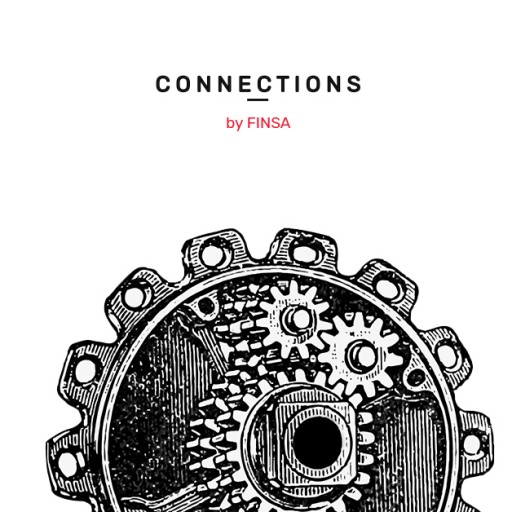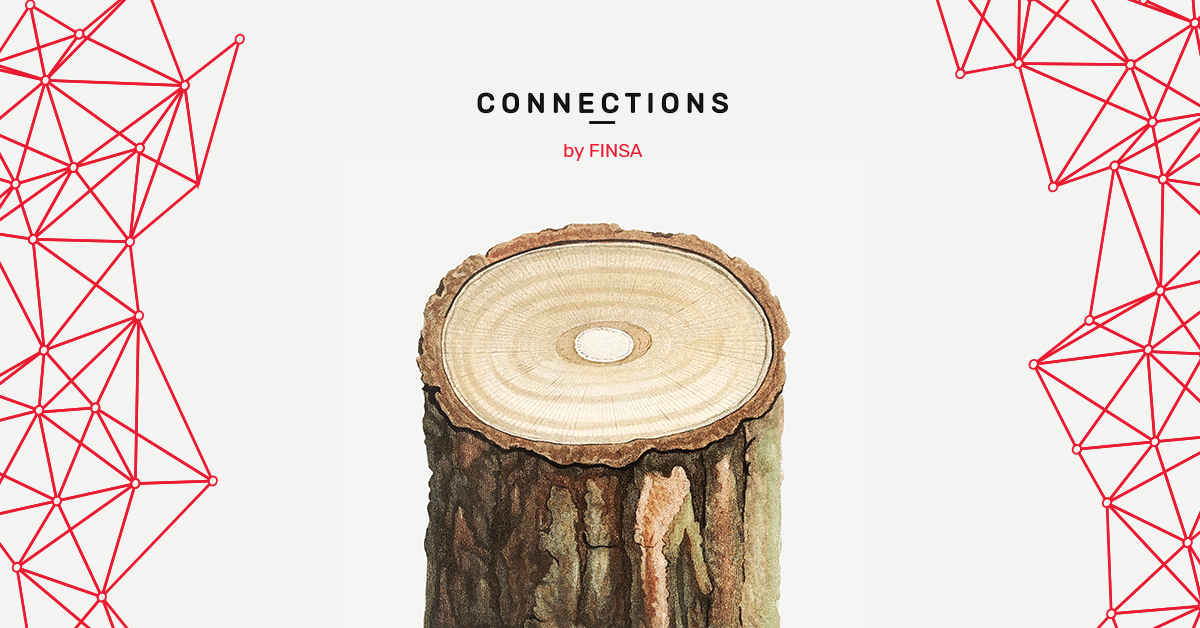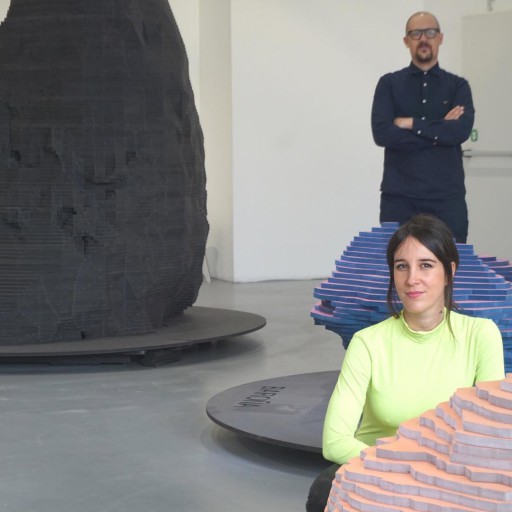Philosopher Ludwig Wittgenstein once said that “what is not named does not exist”. Understanding the times in which we are living will help us to find solutions to the spatial problems that we are facing. Until now, one acronym has been able to capture the state of art world: VUCA (Volatile, Uncertain, Complex, and Ambiguous).
Although it became popular in the 2000s, the term originated in the military in the 1980s during the aftermath of the Cold War. In this article, we will explore the concept and take a deeper look at a new, more accurate way of describing a post-pandemic world: BANI.
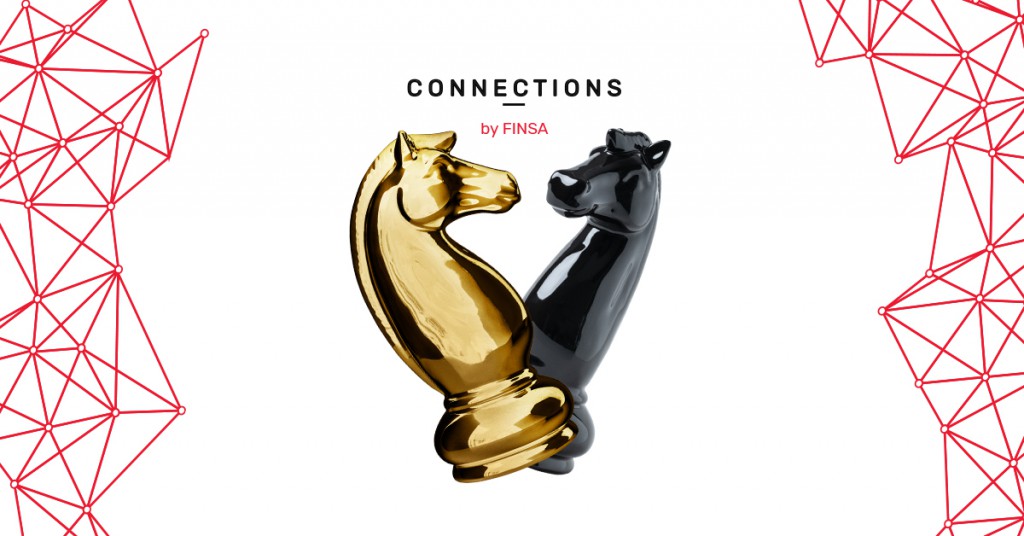
What is a VUCA space?
VUCA uses four key ideas to help us understand the world as it was prior to the pandemic that began in 2020:
- Volatility: what was all the rage yesterday is passé today. Everything changes so fast, and resilience and adaptability are key.
- Uncertainty: as a result of this volatility, predicting what changes will look like becomes more complicated, and there might even be several trends happening all at once.
- Complexity: speed and the inability to pinpoint what’s going on lets a certain amount of false information circulate and results in the need to analyse everything from several points of view.
- Ambiguity: heterogeneity becomes the norm, and it is impossible to summarise the direction that the world is heading.
This acronym worked until coronavirus broke the mould. Now there is a new concept that is resonating with us and going beyond VUCA: BANI.
BANI: the new way of explaining our world
BANI (Brittle, Anxious, Non-linear, and Incomprehensible) answers a question posed by Jamais Cascio in this article for Medium: “What might be the tools that would let us understand chaos?”
- Brittleness: trends are very fragile, and what we think is going to be the new world order can be shattered in a split second, which is exactly what happened with coronavirus. Nothing is forever or indestructible.
- Anxiety: unrest and agitation mean we have tried to bring the future into the present far too quickly, making victims of FOMO and leading us to the wrong answers.
- Non-linear: we thought everything was going to continue progressing, and that’s not the case. We are going backwards and realising that we won’t always be moving forward.
- Incomprehensible: the ambiguity that is a part of VUCA is becoming illogical and, when that happens, considering every single possible scenario is the only solution.
Now that we understand VUCA and BANI and how the former is evolving into the latter, you’re probably wondering how these concepts are being translated into our homes and interior design. Connections by Finsa has put together a list of ideas based on Finsa’s inspiration catalogue.
BANI and its relationship to homes and interior design
Here are four styles to match each of the four concepts of BANI:
Feeling fragile? Choose chaos and calm
Organised, minimalist, and fluid spaces should have a touch of creative disorder in the cluttercore style. Basically, it’s the art of finding a happy medium between extreme simplicity, horror vacui, and an exaggerated Baroque style.
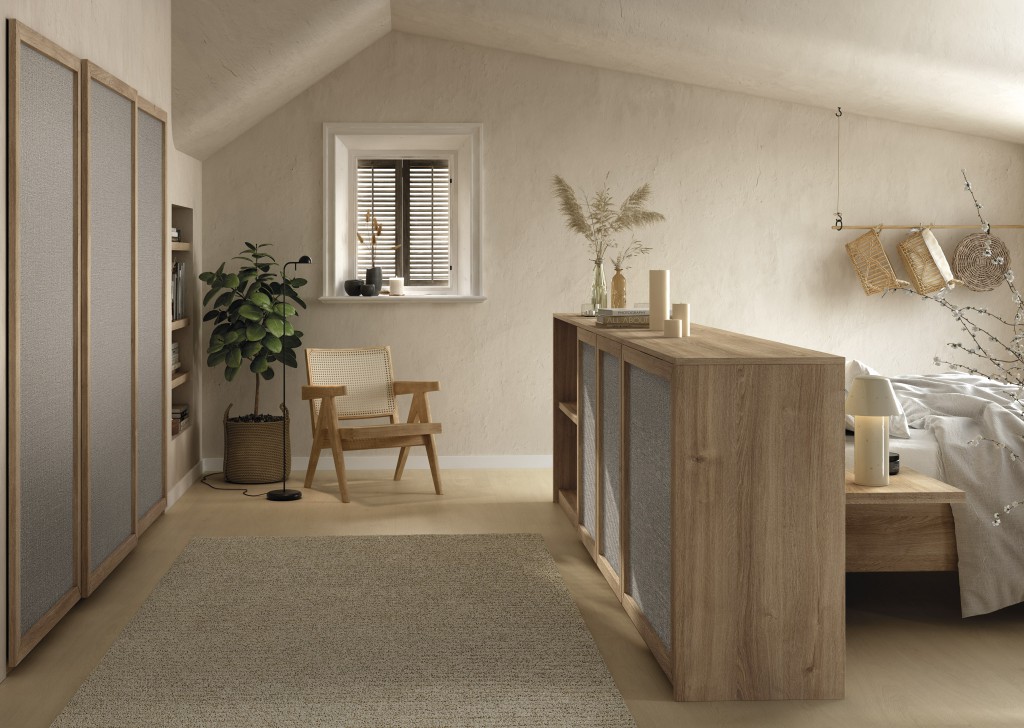
Anxious? The answer is soft tech
The energy we’ve expended in getting ahead of ourselves has made us turn to low-tech environments where functionality, rather than excessive ornamentation, is prioritised. Dark colours, warm metallics like gold, black marble, and contrasting dark timber are the main characteristics of this style in any space.
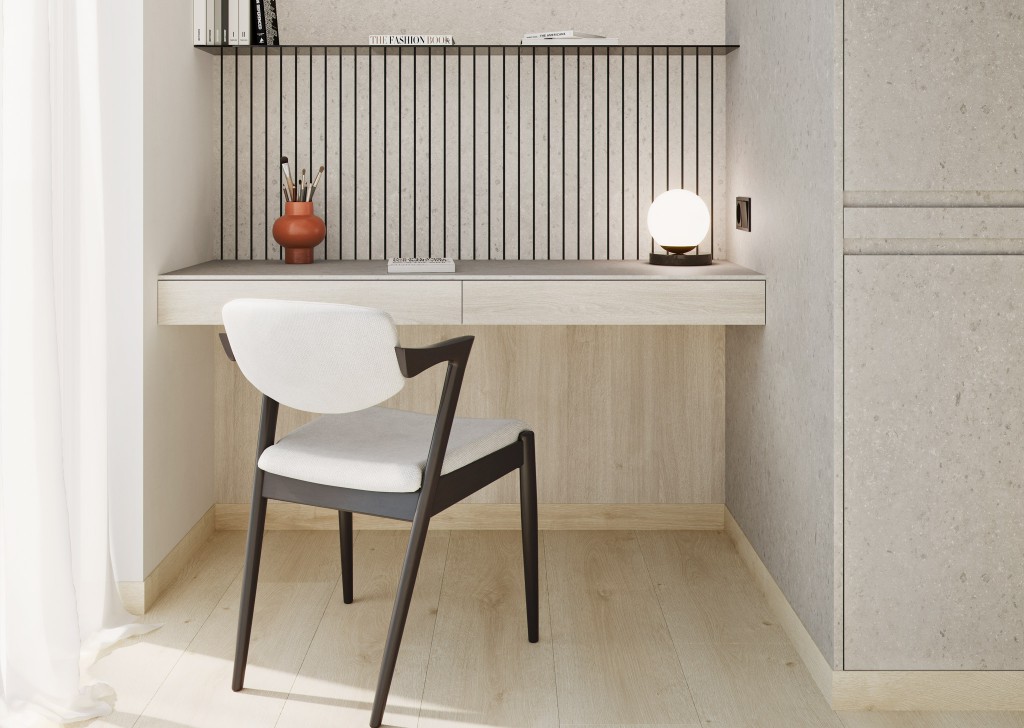
Non-linear? The answer is new retro
This is all about what we call newstalgia. It’s not just a case of “everything old is new again” in the face of constant progress. Rather, we are trying to put a new spin on the things we reminisce about by celebrating their shapes and colours. The identity of a space is strengthened by the addition of vintage pieces that encourage escapism. Get this maximalist look by including caramel-tinted shades or marquetry.
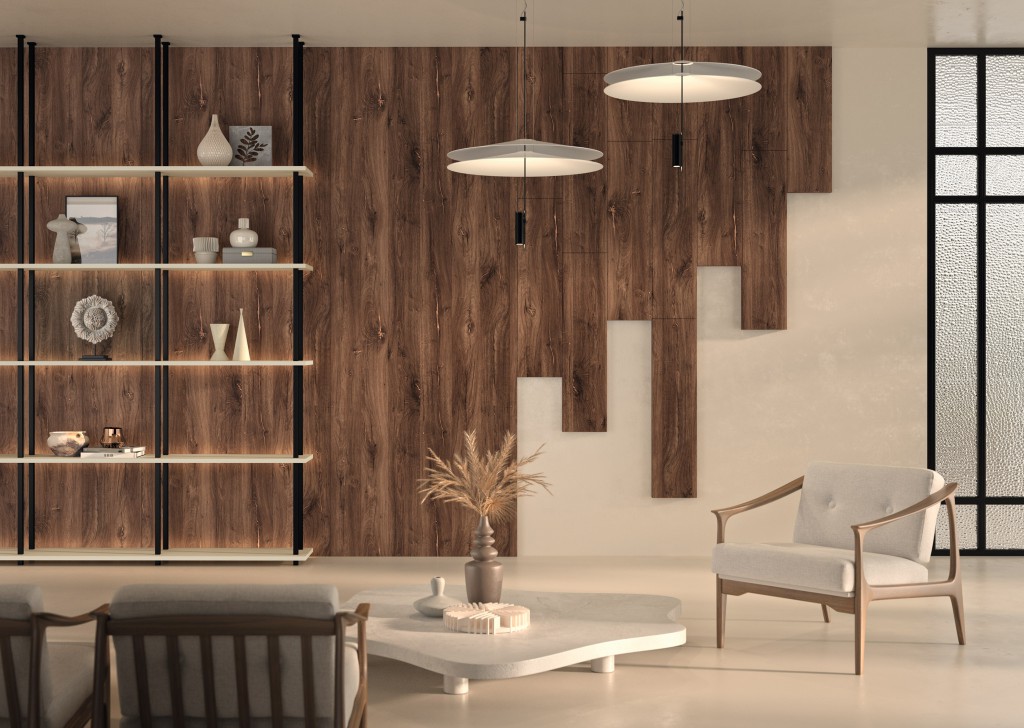
If something is incomprehensible, adapt
Choose adaptable and flexible models over illogical ones. Hybridisation and versatility are a must in any space. To make sure that your home is easily adaptable, we recommend using a combination of reliefs, rough surfaces, and blocked primary colours.
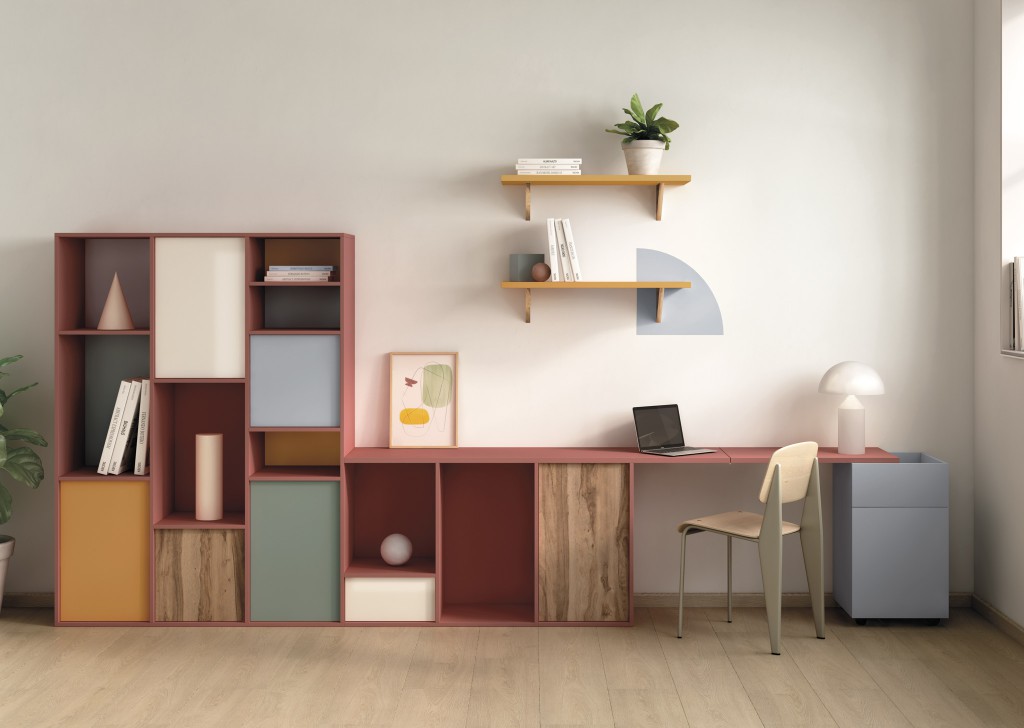
Will you be using one of these four styles in your upcoming projects? Do you have any other suggestions? Tell us what you’ve got planned via social media using #ConnectionsByFinsa. We read all your comments!


